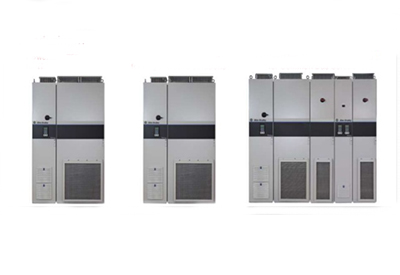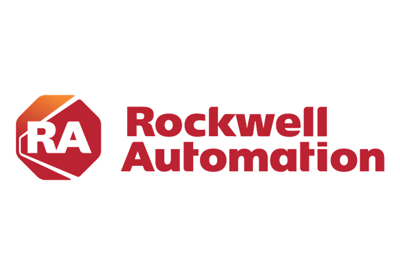Water/Wastewater: Drive Out Distortion With a Low-Harmonic Drive

August 12, 2019
There’s a contaminant that has long troubled water and wastewater operations, and you won’t find it in the water.
Harmonic distortion is like a pollutant on a power line. It can cause electrical equipment to act erratically or shut off, resulting in unplanned downtime. And it can frustrate workers by making water treatment systems more difficult to optimize.
The IEEE 519 standard gives industry a target to achieve: a total harmonic distortion of 5% or less. The question is, how do you hit this target with minimal risk or impact to your operations?
The answer, it turns out, is mitigation technology in your drive.
A Contained Solution
A low-voltage AC drive with built-in harmonic mitigation offers several benefits compared to other mitigation solutions.
First and foremost, it can reduce the effects of harmonic distortion to help you comply with the IEEE 519 standard. But it also provides panel and floor savings compared to using external devices, like harmonic filters or 18-pulse transformers. And it reduces the wiring costs and installation time that can come with those devices.
An in-drive solution also puts the burden of managing the mitigation on the drive manufacturer.
This means if you work in water and wastewater operations, you don’t have to specify, install and maintain extra technology beyond the drive itself. It also means you don’t have to worry about the new technology impacting your drive’s performance – like the efficiency losses that can be caused by a transformer’s heat.
Inside an In-Drive Solution
Low-voltage AC drives with active front-end technology can prevent harmonic distortion detected inside the drive from impacting the broader electrical network.
A few key components in the drive help this happen. First, an LCL filter provides low-harmonic capability and minimizes the current distortion into the utility grid. Also, a line-side converter draws energy without harmonic distortion and converts it to DC power.
Of course, harmonic mitigation is only one of many benefits you get from these drives.
For example, the drive’s active front-end technology can also help cut your energy costs. It can provide regenerative capabilities, so you can put excess energy back onto the incoming power supply. And it can reduce fan speed and set the drive or bus supply in a low-energy state, which can reduce your energy consumption.
A drive that’s designed using an integrated architecture approach can also reduce your programming time and ease startup and commissioning. This design approach allows you to configure and program not only the drive but also your controller and other devices all in one development environment. It also allows you to use a single file for both your controller and drive configurations.
Reduced Harmonics, Reduced Hassle
A drive that reins in harmonic distortion to an acceptable level can help you avoid harmonics-related disruptions in water and wastewater treatment systems while realizing other savings. And because the mitigation solution is integrated into the drive, you don’t have to worry about how it will affect your footprint, installation demands or overall performance.
Learn more about low-voltage AC drives that use active front-end technology here.







